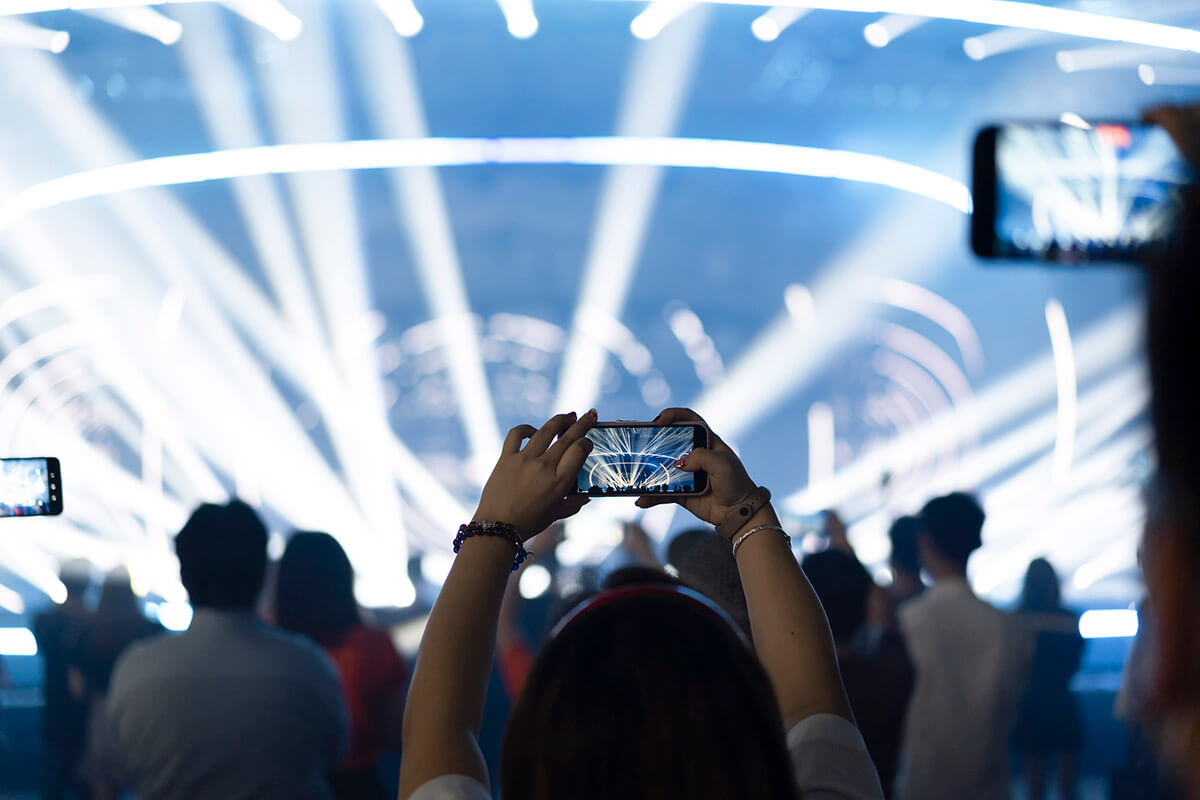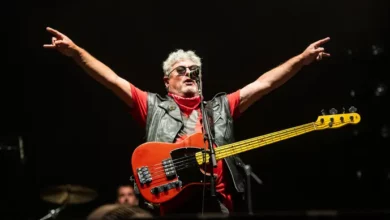What’s going on with the price of concert tickets??
The recent sale of Taylor Swift tickets for an unprecedented six date run at Scotiabank Arena in Toronto for 2024 has brought about the questions – when did concert tickets get so expensive and why? Especially during difficult financial times, this seems hardly fair to the fans who follow these artists. After all, the legacy of some of these artists gets passed down or up to either the parents or the kids wanting to see the artists live, it can potentially get expensive – really expensive, really quickly. The price of tickets have doubled in the past 5 years alone, so how did we get to this point and why?
The state of the music business has changed so much, literally a complete flip of what it was in the past. Up until the arrival of the internet and illegal downloads in the late 90’s, artists used to tour to support the album they just released, usually outfitting the tour around the theme of that album. Big artists would make anywhere from 30 – 50 million dollars from sales of singles and albums and touring would be an extra, yet still substantial stream of revenue. And during this very period, if you would want just one song from an album, you would end up paying $20 for the full album regardless. The first nail in the coffin was the illegal downloads through platforms like Napster, Limewire and Audio Galaxy where nobody was paying for anything. Once the government stepped in to shut these platforms down and fine those responsible, companies like Apple saw an opportunity to sell albums and individual songs online legally by having licensing in place with all of the record companies. This however, was a deep cut into what artists and record labels were used to making financially, and it got even less with the advent of streaming services like Spotify, Apple Music, Amazon Music, etc. Something had to change and it most certainly did, in the one place that could not be pirated, and isn’t even affected by today’s AI – live performances. The change was incredible, artists went from touring live and promoting their album to almost willingly giving out their music for free to have people come see them live, and this is where the costs would rise for all parties involved.
The Eagles would be the first band charging $100 a ticket, in a time where most concert tickets were averaging $35, but it made sense since it was a reunion everyone was waiting for and it seemed like a one-time tour. That opened the floodgates of artists charging more and it has consistently increased every year, along with “services charges”. These charges have been around ever since the dawn of computerized ticketing through companies such as BASS, Ticketron and now the biggest of them all – Ticketmaster. These service fees would be separate to the fee the artist would be charging and would cover the costs of operating that event and these very costs would ultimately frustrate fans and the artists alike. There are plenty of circumstances where the artists fought back against Ticketmaster, most notable of which is the Pearl Jam story. They insisted on keeping tickets at $25 for the fans in the late 90’s but Ticketmaster wanted more for their service fee, bringing the tickets into the $28, $29 range. The problem here is that Ticketmaster has performance rights contracts in all of the large venues, notably large theatres, arenas and stadiums. Pearl Jam ultimately decided on not using Ticketmaster and therefore looked to perform in venues not linked to Ticketmaster, but they were smaller venues. As the need for artists to make more in live performances because of downloading and streaming, the only option was to cave in and perform in larger venues to more fans at once. This story while only representative of one band, happened many times with other artists such as U2 and the Grateful Dead amongst others. But the landscape was now different, and the service fees would escalate because Ticketmaster said so, hardly revealing what these escalating operational charges were. This has made its way into the political forum where even President Biden has called for an end to these exorbitant fees which typically now adds an average of 27 – 32% to the overall ticket price in 2023.
The expectation that concerts post-Covid would see a climb in pricing was well warranted as tickets and service fees would hit record levels along with a new issue that fans would have to fight through to get to see their favourite artist – Dynamic Pricing. This dynamic and extreme pricing is mostly tied to limited number of today’s superstar artists (Taylor Swift, Beyonce, Drake, Harry Styles, etc.), but does still exist for legacy artists like Bruce Springsteen, Stevie Wonder and recently Elton John. This Dynamic Pricing allows the price of the tickets to rise and fall as per the demand for them. When the majority of the standard tickets are bought anywhere from $70 to $290, fans would be left to contend with these Dynamic Pricing tickets which could get as high as $1200. Add to this that a good chunk of those standard tickets were bought by scalpers and bots, the resale value of those would be up to 4 times their value on resale on platforms like Stubhub. By the time you pay for tickets, pay for parking, pay for food and drinks and then a concert shirt – you can be approaching a $2,500 event for 2 people at one of these superstar concerts.
There are many parents trying to appease their kids with tickets to any of the six Taylor Swift shows in Toronto, but in these times of inflation, this may be a huge ask and something to be planned and saved up for. These prices look to be here to stay, but it is up to ask ourselves if it is really worth it.
Reno Silva/MS









Redes Sociais - Comentários